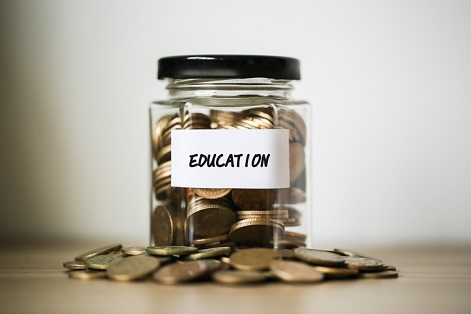
A huge misconception in Australian education is that all non-government schools charge exorbitant fees – that only super-rich parents can afford – and hence shouldn’t receive government funding.
The facts are:
- Most non-government schools charge fees well below $10,000 per year;
- The median fee for independent schools is about $6,000; and
- In the Catholic school system, fees average around $2,000 and it is common for students from disadvantaged backgrounds to receive education for much less than this.
Government schools have, on average, a higher proportion of disadvantaged students. But this is certainly not the case in all schools.
For example, according to the official measure of school disadvantage known as ICSEA, the selective government schools in NSW have less disadvantage on average than even the ‘elite’ GPS boys schools. So sanctimonious lecturing about how non-government schools result in ‘social segregation’ fails the common sense test.
The existence of the non-government school sector also saves the taxpayer a large amount of money. For most non-government schools, the government funding they receive allows them to keep their fees sufficiently low to be affordable for middle-income or low-income parents.
Non-government schools don’t rely on the government to fund the full cost of a child’s education, as parents contribute directly through school fees. Furthermore, under the Gonski funding model, non-government schools receive less government funding if they are in richer areas, while government schools get the same base amount of funding regardless of location.
The saving to taxpayers is estimated to be from $2bn to as much as $9bn per year. According to a new report from the Productivity Commission, Federal and State governments combined spend over $7,000 more per student in government schools than in non-government schools.
In any case, over a third of all Australian children are educated in non-government schools.
Australian Bureau of Statistics data released last week showed a minor decrease in the proportion of students in non-government schools, from 34.6% in 2016 to 34.4% in 2017. But this is still a much higher proportion than in most countries (the OECD average is about 14%).
Why do so many Australian parents choose a non-government school?
Often the choice is for non-academic reasons, such as for extra-curricular opportunities. But often it is also related to the school’s ethos.
Look no further than the problematic government school programs: Safe Schools and Respectful Relationships. Many parents — understandably and justifiably — don’t agree with the ideas being taught about sensitive topics, and avoid those schools.
It is absurd to suggest parents who send their children to government school systems with controversial content on gender and sexuality are choosing the default option, while parents who don’t choose this are somehow making an expensive lifestyle choice.
At the end of the day, parents know what’s best for their own kids, not the government. There is no need for ‘public school versus private school’ class warfare in Australia. Parents should be supported regardless of the school they choose.
Blaise Joseph is an education policy analyst at The Centre for Independent Studies and a former teacher.
Related stories:
‘Historic opportunity’ to end school funding wars
New fight brewing over Gonski 2.0
Schools warn of big fee hikes


